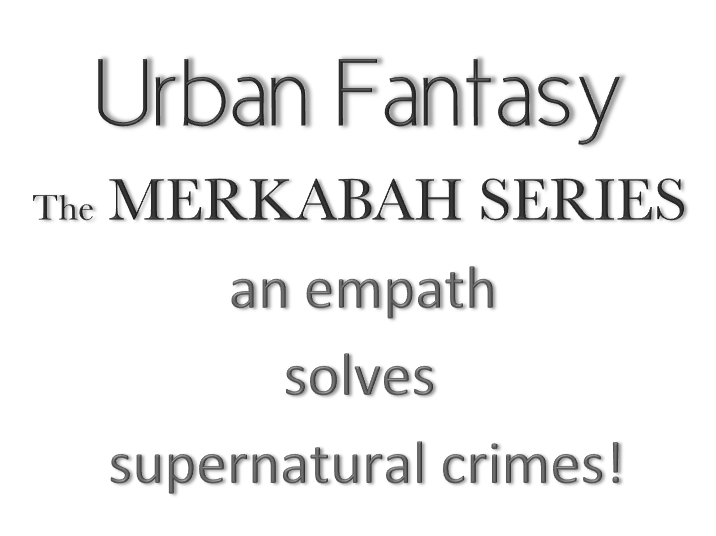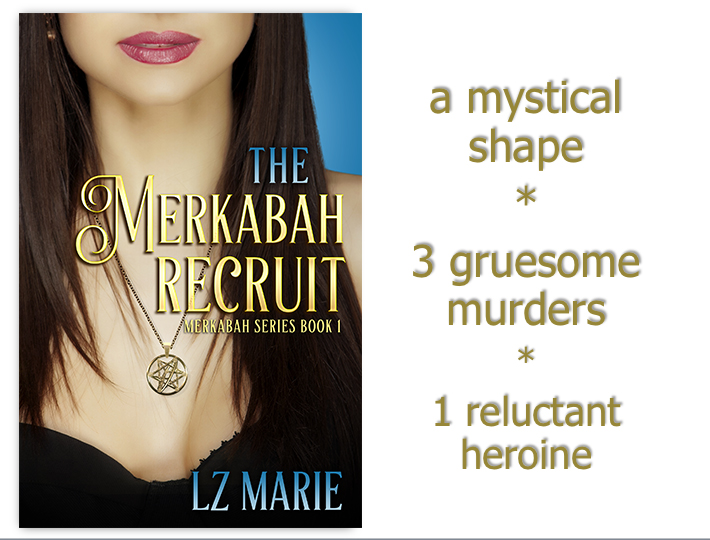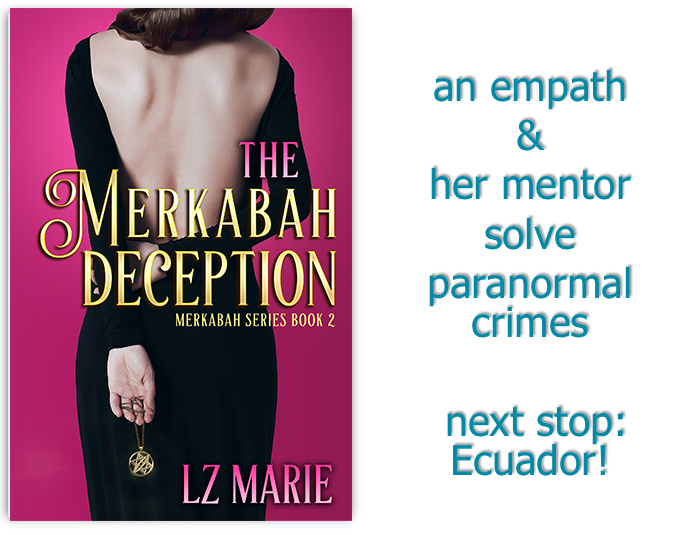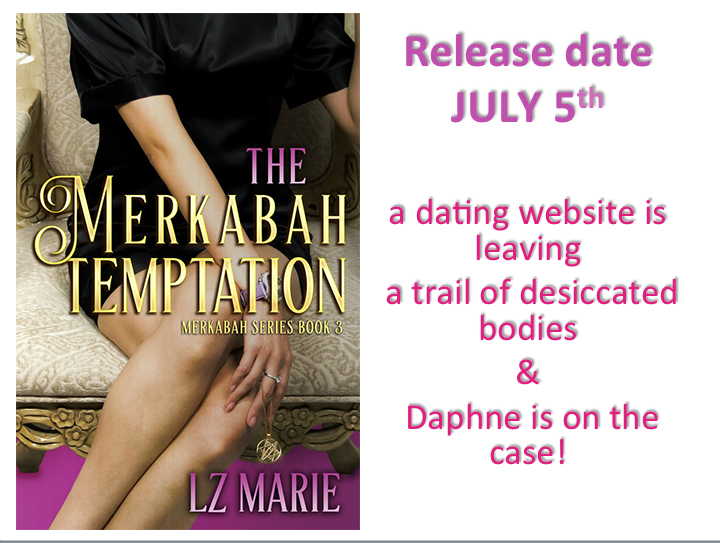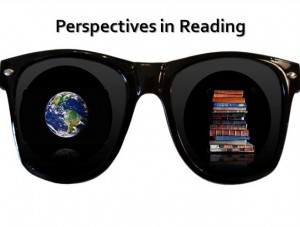 Each reader brings his or her unique perspective to a novel!
Each reader brings his or her unique perspective to a novel!
Professors even discuss the impact and implications of these viewpoints in literature classes.
Different cultures, education levels, interests, and experiences all influence the ways a reader understands a novel. Many of those viewpoints contribute to our loving or hating a story.
So before duking it out with your book club members, slapping your coworker silly, or responding to a scathing review remember they might be viewing that book wearing a different set of glasses than you.
Readers can wear many different lenses or wear a favorite. Below are the Literati approved favorites!
Which lens do you tend to favor?
- By far the most common is the Reader’s Response Kaleidoscope . The novel is seen through the reader’s own-personal-unique culture, attitudes, experiences, and assumptions. For example my friend the rocket engineer loves bashing movies and novels where the science is all wrong-wrong-wrong! And a history buff might laugh at a novel or movie with historical inaccuracies. Some folks deem literature classics like Moby Dick boring, while others find pulp fiction to be uninteresting.
- Gazing through Feminist Binoculars focuses on the cultural and social attitudes towards women, male hegemony ( power ) and the issues arising from them. Problems resulting from a male or female point of view are also observed.
- A Race/Ethnic Lens observes the inherent injustices and effects of prejudice and racism. This often applies to Western ideologies, identity, and paradigms either implicitly or explicitly expressed by authors or their characters. High school teachers strive to have students wear this lens when teaching To Kill A Mockingbird and Their Eyes Were Watching God.
- Many literati wear Genre Goggles when discussing a novel. Their book club buddies get the benefit ( cough, cough ) of their pontificating on the conventions and nuances of a particular genre. From non-fiction to fiction, a text is examined by the genre’s limitations and framework. So there better be a dead body on the first page if it’s a murder mystery! And forget about a SciFi-RomCom-UrbanFantasy-Action-Western Thriller. Their bound to blow a genre gasket!
- Cultural/Historical Spectacles view stories in terms of a particular period’s ideologies, traditions, and orthodoxies. Texts are read and interpreted as products of their time and place. Those unfamiliar with history are often appalled and shocked by laws and practices once consider normal—being drawn and quartered for example.
- The Structuralist Microscope concentrates on ways the author constructs the novel to showcase ideas and themes. They study motif, diction, paradox, form, pattern, and symbols to reveal the author’s intent. Any literature teacher well-versed in this art is sure to torture her students with analytical essays. *waves hello to my students*
- Donning Political Shades helps one explore social class, power, and political concerns. Ayn Rand’s Atlas Shrugged requires an eye toward the political.
- Peering through the Psychoanalytic Telescope allows a glimpse at human behavior, human psychology, and the internal and external conflicts of the characters. Often students in Psychology 101 classes read She’s Come Undone for just this reason.
Is there a right way to read a novel? Of course not! ( Unless you’re in my class where I expect you to explore a novel’s meaning using several lenses.)
So next time your book club is stuck in a rut try assigning perspectives to your members.
Happy reading!
Related posts: Readin’ & Writin’

